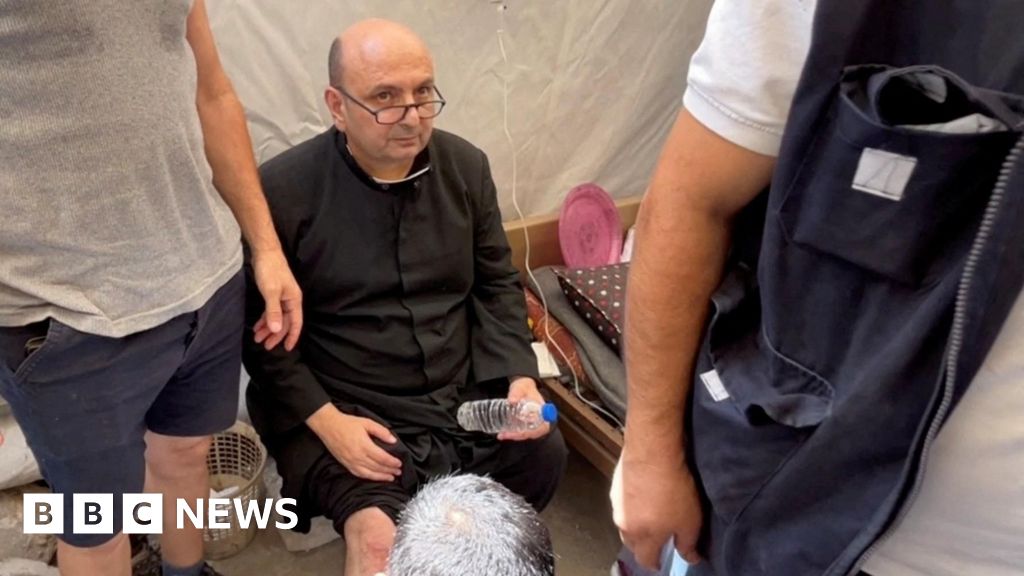American Children Face 80% Higher Death Risk Than Peers in Wealthy Nations, JAMA Study Finds – The HighWire

A new study in JAMA found that US infants under the age of 1 are 1.78 times more likely to die than OECD countries, which are high-income nations. In addition, the study authors found that children aged 1-19 are 1.8 times more likely to die than children in the other 18 countries. From 2011 to 2023, the number of children aged 3-17 with a chronic condition increased from 39.9% to 45.7%.
“The health of US children has worsened across a wide range of health indicator domains over the past 17 years,” the authors concluded. “The broad scope of this deterioration highlights the need to identify and address the root causes of this fundamental decline in the nation’s health.”
The study examined eight comprehensive data sets, including surveys and electronic health records. Dr. Christopher Forrest, the study’s lead author, said that in the 1960s, the United States had the same rate of child mortality as European nations, but now US kids have an 80% higher chance of death than their European counterparts. “I think the overall message is that children’s health in the United States has been declining for almost two decades,” Forrest said.
Compared to the OECD 18 nations, babies under one in the US are more than twice as likely to die of prematurity and sudden unexpected infant death. Those aged 1-19 in the US are more than 15 times more likely to die from firearms and nearly 2.45 times more likely to die of a motor vehicle crash.
The US children are significantly more likely to have worse outcomes than children from comparable countries, and the rates of various chronic diseases have continued to rise over the last 17 years, according to the study. Major depression, sleep apnea, eating disorders, and anxiety more than tripled from 2010 to 2023 for ages 3 to 17. Autism, Obesity, developmental disorders, and lipid metabolism disorders more than doubled.
HHS Secretary Robert F. Kennedy Jr. has referred to a “chronic disease epidemic” in this country while on the campaign trail as an Independent candidate and in support of President Donald Trump. During an interview with Tucker Carlson, Kennedy said, “You know, my uncle was president, and I was a 10-year-old boy. The rate of chronic disease in this country was 6%. Today it’s 60%. When my uncle was president, we spent zero on chronic disease in this country. There were no drugs to treat it. Today we spend 4.3 trillion, 4.3 trillion, that’s five times our military budget. It’s the largest cost to our nation, and it is bankrupting us and it is destroying us morally because we are betraying our children by letting these industries poison them.”
Poor sleep, limited physical activity, and loneliness have substantially increased. 29% of high school children in 2009 felt sad or hopeless almost every day. That number increased over the years to 42.35% in 2021 amidst the COVID-19 pandemic lockdowns and dipped slightly to 39.72% in 2023.
A 2020 study on teens and social media use found that teens who use social media for more than three hours per day are 1.60 times more likely to internalize problems, which involves directing negative emotions inward. This is a predictor for depression, anxiety, and disruptive behavior.
A 2023 Gallup survey of 1,500 adolescents found that teens spend an average of 4.8 hours per day on social media, with 51% spending more than four hours each day. A Kaiser Family Foundation study published in 2010 found that teenagers spent an average of 37 minutes per day on social networking and video sites like YouTube. That is a 7.78 times higher social media usage among this age group from 2009 to 2023.
Worsened sleep is another condition that has increased among children over time, which is compounded by the increase in social media usage. Moreover, lack of sleep is associated with several other conditions that have been increasing in this age group, according to the latest study. 7% of 16 and 17-year-olds had difficulty sleeping in 2007-2008, and 12.6% of the same age group had difficulty sleeping from 2017-2020. The early onset of menstruation rose from 9.1% in 2007-2008 to 14.8% in 2021-2023.
“This study confirms what many pediatricians, educators, and parents have been sensing for years: that our children are facing a growing health crisis,” said co-author Dr. Neal Halfon, professor of pediatrics and director of the UCLA Center for Healthier Children, Families & Communities. “The breadth and consistency of these declines across physical, mental, and developmental health indicators demand urgent national attention.”
The study indicates that excess deaths among babies under one year old decreased from 13,665 in 2007 to 8,337 in 2020. That number rose to 9,605 in 2022. Those in the 1-19 year old age group had 7,077 excess deaths in 2011, and it rose to 9,011 in 2019, 11,548 in 2020, 13,388 in 2021, and 13,018 in 2022.
Life expectancy data dating back to 1980 shows the US has always lagged behind comparable countries. Prepandemic rates in 2019 had US life expectancy at 78.8 years compared to 82.6 in similar countries. The US had a sharp decline during the pandemic and vaccine rollout period in 2020 and 2021, down to 76.4 years in 2021. Comparable countries only decreased to 82 years in 2020 and slowly increased back to 82.5 in 2023. The US life expectancy rate rose back to 78.4 in 2023. In 1982, comparable countries had a 0.3-year edge over the US, but that disparity has slowly increased over the last four decades and is now 4.1 years.













